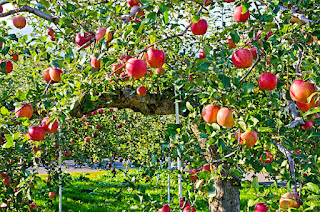For Whom the Pub Calls
“The dark damp night was coming and he longed to spend it in the bars, drinking with his friends…” (99). Now, as I’m sitting in my university library on a Wednesday afternoon, it would be fair to assume that a significant amount of the students in here can relate to this guy’s feelings. After a day of lectures and writing essays, most students destress with an alcohol infused night of dancing and reckless behaviour. And it appears as if the man in James Joyce’s short story “Counterparts” is thinking about doing exactly the same thing (minus the dancing). After a long day behind the typewriter, the realisation that he still has fourteen pages of work to complete sends Farrington into a trance, longing for a night of drinking that couldn’t come a minute sooner. The moment finally arrives, and Farrington relocates to Davy Byrne’s pub (I wonder where we’ve heard of this place before). As he enters, familiar faces appear in their regular areas of the public house. Noticing Nosey Flynn in the usual corner, he can’t wait to disperse the joyful story of his victory in the pawn office, and is rewarded for his cunningness with a half. A victory at last! It seems to us that not only is alcohol a chance to escape from the stresses of life, but is also some sort of reward. The men are joined by more of their peers, and after preceding to regurgitate the same tale to the newcomers, he tells “the boys to polish off that and have another” (103). Looks like they are anticipating another heavy night with the lads. Joyce’s narrative identifies their choices of alcohol as “poisons”, foreshadowing a fractious night to follow. However, although the men seem to recognise this, they are not deterred and power through. They are finally joined by Higgins, who’s opinion on the story is motivated by “the sight of five small hot whiskies” (104) which seemed “very exhilarating” (104). To these gentlemen, the appetising appearance of the whiskies is inalienable. Sufficed to say, Farrington’s night ends in “anger and humiliation” (106), despite several opportunities to stop drinking. Away from his vivid description of the alcohol itself, Joyce appears to have stumbled upon something bigger. These men’s viewing of alcohol as a means of letting loose, alongside it’s representation as both a bartering tool and a motivation to drink more signifies a reinforcement in stereotype. Alcoholism is ever-present in depictions of Irish culture around the world, and this story encompasses it to the maximum.



Comments
Post a Comment